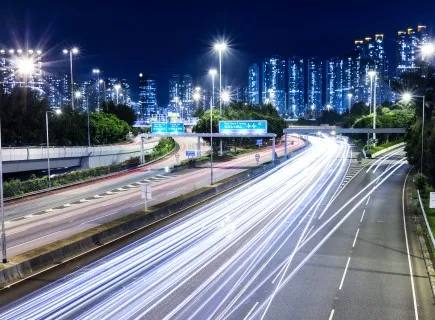
IATA stresses focus on competitiveness amid construction of new HKIA runway
The HKIA is a crucial economic catalyst.
The International Air Transport Association (IATA) emphasized the need to focus on competitiveness as Hong Kong International Airport (HKIA) moves forward with the building of a third runway and associated infrastructure.
According to a release from the IATA, HKIA plays a crucial role as an economic catalyst. Hong Kong is home to some 3,500 regional headquarters and boasts a HK$250 billion tourism industry. Serving some 63 million travelers and processing 4.4 million tonnes of cargo makes HKIA a critical link in global connectivity.
“The announcement by the Financial Secretary in his budget speech that the third runway will be built by 2023 should be greeted by everyone in Hong Kong as encouraging news.
We commend the government on this important decision and everyone associated with the project especially the Hong Kong Airport Authority and the government for the thorough work to get us to this point including evaluating the environmental impacts and working out how to mitigate them,” said Tony Tyler, IATA’s Director General and CEO in a speech to the Foreign Correspondents Club of Hong Kong.
Here's more from IATA:
“IATA has long been an advocate of the need for a third runway in Hong Kong. And it is in the interest of everyone in Hong Kong to see the aviation industry flourish. Aviation and aviation-related tourism account for 8.2% of the Hong Kong economy.
Increasing HKIA’s capacity to be able to serve 100 million passengers and 9 million tonnes of cargo by 2030 will ensure that the airport continues to be a pillar of Hong Kong’s success—provided the expansion is built, financed and funded wisely,” said Tyler.
Establishing a three runway system at HKIA is estimated to cost HK$150 billion (US$19.3 billion). IATA outlined a framework that would allow this critical piece of infrastructure to be built without increasing airline charges, without placing a burden on taxpayers, without making it more expensive for travelers, without adding an extra burden to shippers and while increasing competitiveness of the hub’s air transport network.
HKIA is consistently profitable. For FY 2013/14 HKIA had a pre-tax profit of HK$7.8 billion which is about half of revenues. It also has very little debt—just about 10% of total capital. IATA proposes that the airport use its advantageous financial situation to fund its expansion through borrowing via commercial loans or bonds. The current level of charges (applied to both existing facilities and newly built infrastructure) and business model would provide sufficient revenue for loan repayment.
“Airlines fully back the user pays approach on infrastructure development. We are not asking for anyone to foot the bill for our growth. Airlines would pay for the infrastructure—through increased volumes, not increased charges. And that would apply to existing infrastructure as well as newly built facilities.
The growth in traffic that the extra runway and terminal will bring will see the airport’s success over its first 17 years repeated all over again – provided its airport charges are kept competitive,” said Tyler.
“While the new facilities are being built, the airport’s dividend to the government will reduce. Any normal business faces the same situation when it makes a major capital expenditure to support its future success.
No legitimate return ever comes without some up-front investment. And let’s remember that the airport’s value to Hong Kong was never intended to be only in the profits it generates. In fact, its role as a catalyst for economic activity makes a much broader contribution to the community and the government,” said Tyler.








![Cross Domain [Manu + SBR + ABF + ABR + FMCG + HBR + ]](https://cmg-qa.s3.ap-southeast-1.amazonaws.com/s3fs-public/styles/exclusive_featured_article/public/2025-01/earth-3537401_1920_4.jpg.webp?itok=WaRpTJwE)









 Advertise
Advertise


